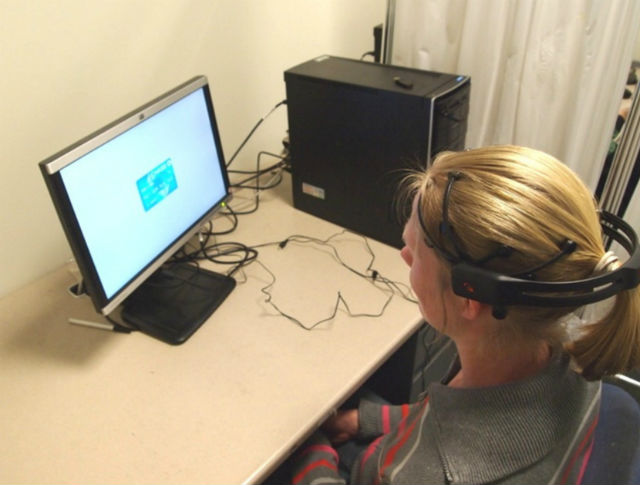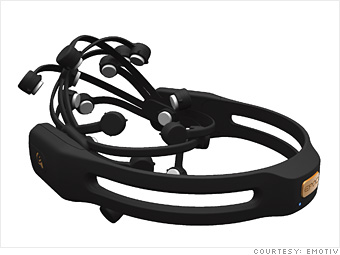Backdoor for the brain has already been created!

For the first time, security specialists from three countries managed to extract important information from the human brain. Moreover, data on bank accounts, date of birth and location of the study participants were obtained in a relatively simple way.
The developers announced their "discovery" at the USINEX 2012 conference . Engineers created an unusual program that processed data coming from a simple electroencephalograph . The latter worked as a back door or as a backdoor , as computer security experts call it.
During the study, Ivan Martinovic, Doug Davies, Mario Frank, Daniele Perito, Tomas Ros and Dawn Song asked 28 volunteers to put on their heads Emotiv interface . The device costs about $ 200-300, is very popular and was used, for example, by German developers to mentally control the car (more on that next time).

The Emotiv interface reads the electroencephalogram of the human brain, and a special program that comes with the device allows you to determine the intent of the “experimental”.
The participants in the experiment did not know that scientists were trying to “crack” their thoughts and find out any personal information about them. Volunteers simply sat in front of the monitor and looked at various pictures: maps, photographs of acquaintances and strangers, images of banks, bank card PINs, and so on.
Having processed the flow of “brain waves”, the program, adapted to the needs of researchers, showed which pictures and illustrations caused a surge in brain activity among volunteers. That is, the Emotiv interface along with the necessary software, in fact, revealed sensitive information for each person, data that he would not want to tell everyone in a row.

More about the schedule
The human brain reacts to familiar images (black line) with a burst of activity. A high peak stands out against the background of a normal Encephalogram when unfamiliar objects are shown to a person (magenta line).

More about the schedule
The graphs show the results obtained by the program for three different data classification methods. The dashed line shows the result obtained by random guessing.
“We showed that identifying personal information in this case was on average 10-40% easier than with random guessing,” the experts write in this PDF document.
The brain-computer interface (or neuro -computer interface ) is used by many modern developers, notes Martinovich and his colleagues. And the farther, the more often ordinary people will use wireless keyboards, applications that allow you to control certain actions of the technique with the help of thoughts, as well as programs that allow you to play video games without joysticks and other input devices manually.
In addition, over time, people will probably be implanted with multiple brain implants, which, for example, can power the simplest electronics, and help people with disabilities live a full life. All these technical innovations are becoming a potential target for attackers.
“An unsuspecting user can, for example, be involved in a game during which he, without wishing and without realizing it, will answer questions from crackers. Given that the quality of devices that read brain activity is increasing and the price is falling, the share of successful hacks will only increase over time.
PDF - report from the conference
